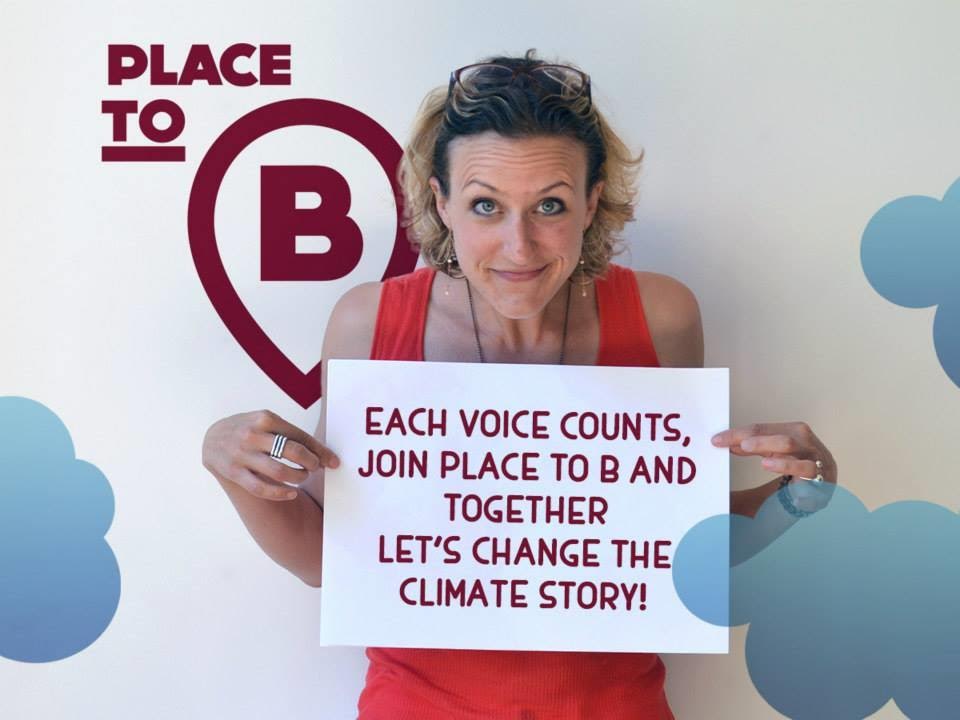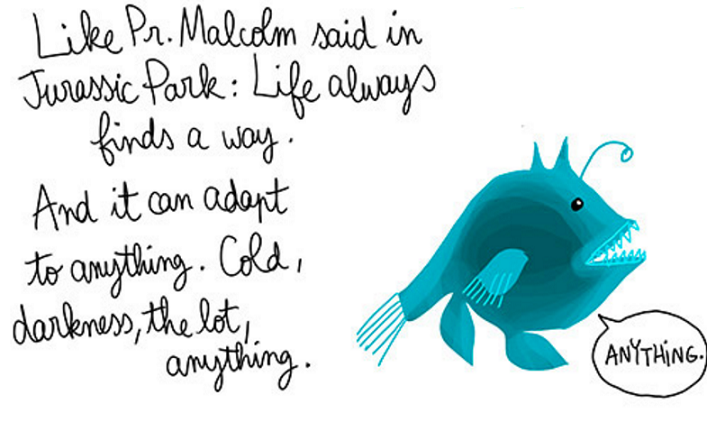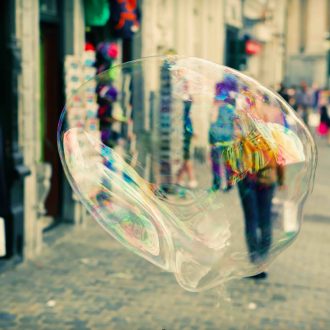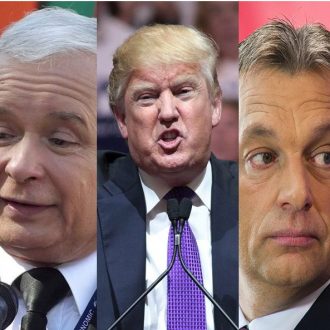Today, most of us understand the huge impact we are making on the environment. Experts agree that we need to act quickly to face the urgent problem of global warming. Yet, just a few weeks ahead of the international climate conference, COP21, taking place in Paris this December, people in countries like France still put the environment right down the list behind unemployment, delinquency and purchasing power (Ipsos Survey)… even though we are talking about the survival of humanity in the mid and even short-term.
Why aren’t people more interested? Is it because of the way the media covers ecology-related issues? Is it because of the words we use to describe our relationship with nature?
How can we tell people about this life-threatening issue that requires us to find a collective solution? To answer this question, Place to B carried out a series of interviews entitled “Storytelling & Ecology”.
Feature by Eve Demange.
2 – Anne-Sophie Novel, “Ecology in the media. People say it doesn’t sell!”
The proud owner of a PHD in economics and the refreshing “Même pas mal” blog for French broadsheet Le Monde, Anne-Sophie Novel – journalist and author of key works on the collaborative economy – launched Place to B to mobilise the media and artistic community ahead of COP21. This committed, passionate and optimistic ecologist talks to us about the complicated relationship between the media and the environment.
Place To B: What do you think about the way the media talks about ecology?
Anne-Sophie Novel: Place to B was born after 5 years of reflecting on the way in which the media portrays issues relating the environment. I was confronted by a pervasive kind “negligence”. People told me that the environment “doesn’t sell” or that, “ We don’t talk about climate because it doesn’t appeal to audiences”. Even the word “climate” is considered to be a complicated and inaccessible term involving maths and science.
Place to B was created as result of this observation and a desire to shake up the framework for these kinds of questions. It was a giant experiment with the aim of bringing together bloggers, artists and journalists from different backgrounds with a shared desire to make a difference. We wanted to build a creative community around these issues and provide the means to create innovative stories relating to ecology and global warming.
PtoB: Can you explain why ecology has a “repelling” effect?
A-SN: Ecology is all too often reduced to two levels:
- Science – debates between experts, statistics and inaccessible jargon
- Ideology – activists who struggle to create a “serious and valid” political subject
It is associated with taking a step backwards and the image is very militant. In the media, coverage usually remains superficial barely brushes the surface and fails to provide fresh perspectives. Unless you are well informed or already convinced, this can seem like a distant problem.
The role of a journalist is to provide facts and highlight problems. But, shouldn’t it also be to explain how the world is changing and offer suggestions for the future? Not all journalists seem to agree. Some believe that they should simply reflect facts and nothing else. “Ecologist” journalists are often perceived as not being objective.
PtoB: How can we change all this?
A-SN: The way information is delivered determines whether it is well received or not. When you write an article and choose the title, you know that the word “climate” is risky. Instead, we need to talk about simple things that form part our daily lives or make use of humour. Pénélope Bagieu and her comic “Trawling in deep waters” is a perfect example.
David Dufresne’s documentary “Fort McMoney”, which explains a complex subject in an interactive way, demonstrates another possible approach.
Nicolas Hulot also recently showed how we can reach different audiences by adopting alternative methods.
Place to B wants to create a space where reliable information and innovative solutions – whether from the general public or well-known figures – find adapted formats to help make the message more accessible. The overall aim is to get people to act.





